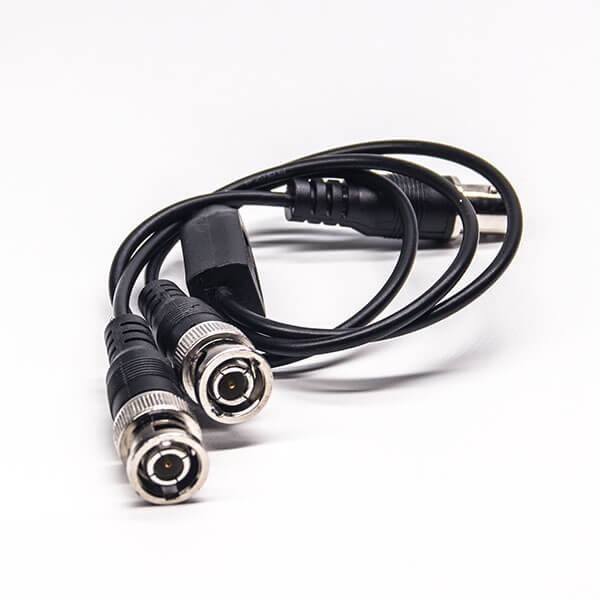BNC connector (English name: BayonetNeill-Concelman) is a very common RF terminal coaxial cable terminator. The BNC cable connector consists of a center pin, a jacket and a card seat. It includes three parts: BNC connector base, cover and probe. The BNC connector is named after its locking method and its inventor, Paul Neal of Bell Labs (invented the N-terminal) and Carl Conseman, an engineer from Amphenol (invented the C-terminal). The BNC cable connector must be connected to both ends of each cable.
Types of BNC connectors include:
- BNC-T type head, used to connect the computer network card and the cable in the network;
- BNC barrel connector, used to connect two thin cables into a longer cable;
- BNC cable connector, used for welding or screwing on the end of the cable;
- BNC terminator, used to prevent the signal from being reflected back and causing interference after reaching the cable fracture. The terminator is a special connector with a carefully selected resistance that matches the characteristics of the network cable. Each terminator must be grounded.

BNC connector quality judgment:
- From the surface of the product, it is better to have a bright and delicate coating. The higher the purity of the copper, the brighter it is. Some products are bright on the outside, but they are iron.
- In the magnet adsorption test, generally only the bayonet spring and the tail spring are made of iron material; the wire clamp, pin and sleeve are made of copper, and the other parts are made of zinc alloy.
- Scrape the surface coating to see the material: use a sharp tool such as a blade to scrape the surface coating to see the material intuitively, and compare the product material intuitively by scraping the coating of the clamp, pin, and shielding sleeve.
- In addition to the above methods, you can also prepare a good quality female head to try.
